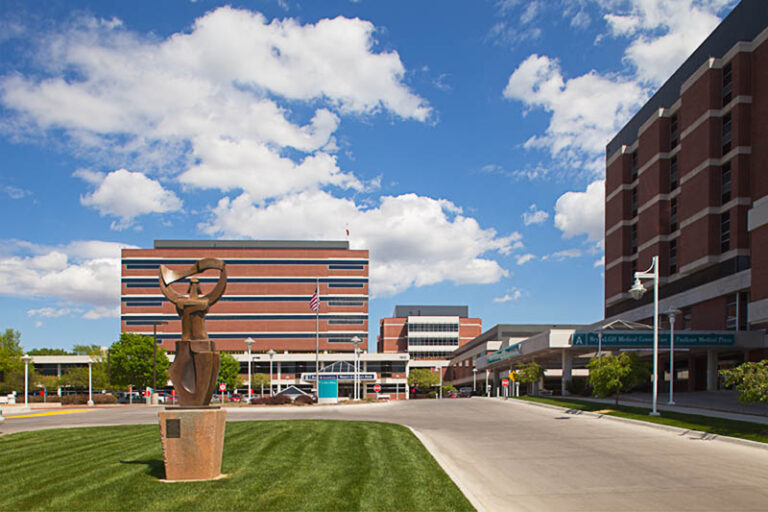May 13, 2002—Cardiac Science has been selected to provide Powerheart and Survivalink-brand automated external defibrillators (AEDs) to the largest law enforcement agency in Wales and a regional healthcare organization in England. According to Cardiac Science, progressive “Good Samaritan” legislation in the United Kingdom related to public access defibrillation has led to recognition of the problem of cardiac arrest and a growing number of AED placements there. The UK currently represents the most active and mature international public access defibrillation market for Cardiac Science with annualized AED sales of over 1,000 units.
The Dyfed-Powys (Wales) Police Department placed an initial order for 30 Survivalink-brand AEDs in conjunction with the first Welsh First Responder program, a joint effort with the Welsh Ambulance Service and the British Heart Foundation funded by public and private entities. The geographical area covered by Dyfed-Powys Police is the largest area of any force within England and Wales, and makes up more than half the Welsh landmass. The program aims to eventually outfit all police vehicles in the district with AEDs.
In addition, the Bromley Primary Care Trust, a private practice physician group with general practice healthcare clinics throughout Kent in Southeast England, purchased 39 Powerheart AEDs for deployment in their facilities after a detailed evaluation process.
Statements recently published by the British Resuscitation Council endorse the widespread deployment of AEDs in medical centers and health clinics. “The success of defibrillation is crucially time dependent … Any individual with responsibility for the management of patients in the hospital or community should be trained in, and authorized to perform defibrillation using an AED.” A recent British study, published in the Journal Resuscitation showed that 75 percent of patients who suffered sudden cardiac arrest in the presence of a General Practitioner equipped with a defibrillator survived to hospital admission, and 63 percent were discharged alive. This compares to the current survival rate of around 5 percent in out-of-hospital cardiac arrests.
Designed to quickly and easily provide a life-saving defibrillation shock to restore normal heart rhythm to a cardiac arrest victim, AEDs are typically used by first responders such as police, fire, and ambulance personnel, and are also being deployed at places where people gather or work, such as airplanes, airports, train stations, corporate offices, factories, schools, shopping malls, stadiums, casinos, government buildings, and commercial office buildings.




